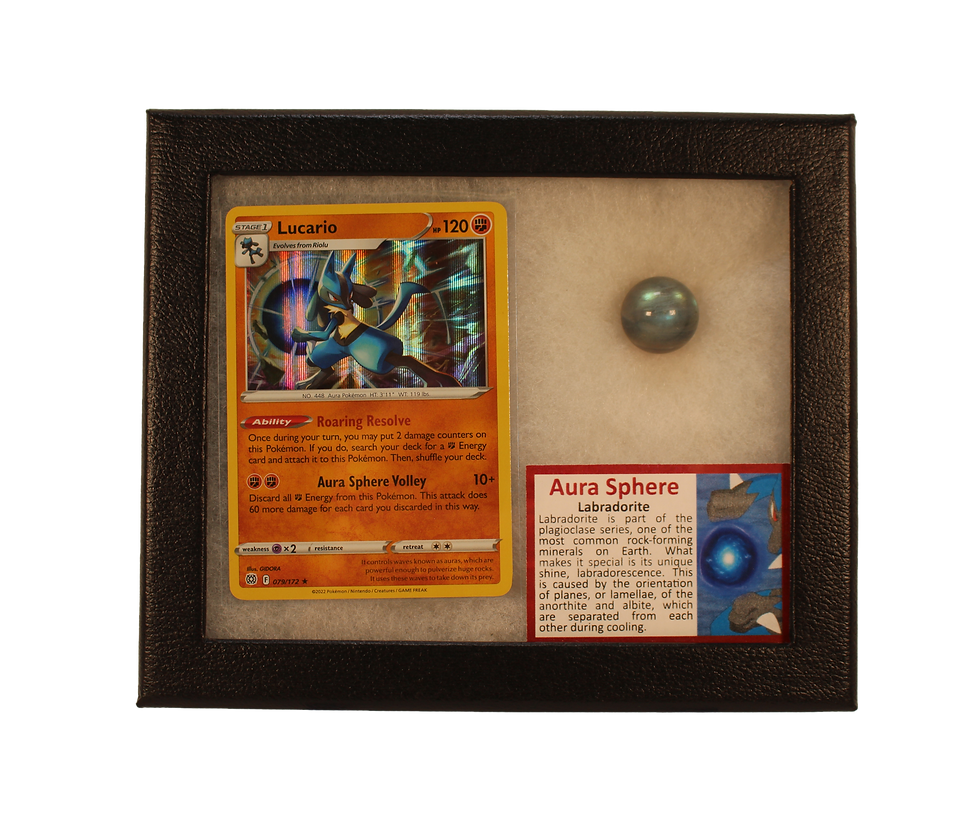Original NASA Launch Badge
Apollo 17 Lunar Mission
The last manned spaceflight to the moon
December 7 - 19, 1972
Kennedy Space Center
Apollo 17 (December 7-19, 1972) was the last mission of NASA's Apollo program, the latest time people have gone to the Moon or gone past low Earth circle. Officer Gene Cernan and Lunar Module Pilot Harrison Schmitt strolled on the Moon, while Command Module Pilot Ronald Evans circled previously. Schmitt was the main expert geologist to arrive on the Moon, chose instead of Joe Engle with NASA constrained to send a researcher to the Moon. The mission's weighty accentuation on science implied the consideration of various new tests, including an organic trial containing five mice conveyed in the order module.
Mission organizers considered two essential objectives in choosing the arrival site: to test lunar good country material more established than Mare Imbrium and to research the chance of somewhat ongoing volcanic movement. They in this way chosen Taurus-Littrow, where arrangements that had been seen and envisioned from circle were believed to be volcanic in nature. Since every one of the three team individuals had supported past Apollo lunar missions, they knew all about the Apollo rocket and possessed more energy for topography preparing.
Sent off at 12:33 a.m. Eastern Standard Time (EST) on December 7, 1972, after the main platform postpone in the Apollo program brought about by an equipment issue, Apollo 17 was a "J-type" mission that remembered three days for the lunar surface, expanded logical capacity, and the utilization of the third Lunar Roving Vehicle (LRV). Cernan and Schmitt arrived in the Taurus-Littrow valley and finished three moonwalks, taking lunar examples and sending logical instruments. Orange soil was found at Shorty hole, and ended up being volcanic in beginning, in spite of the fact that from right off the bat in the Moon's set of experiences. Evans stayed in lunar circle in the order and administration module (CSM), taking logical estimations and photos. The shuttle got back to Earth on December 19.
The mission broke a few records for manned spaceflight, including the longest maintained lunar landing mission (12 days 14 hours), most prominent separation from a rocket during an extravehicular movement of any kind (7.6 kilometers (4.7 mi), longest complete lunar surface extravehicular exercises (22 hours 4 minutes), biggest lunar example return (roughly 115 kg or 254 lb), most significant length of time in lunar circle (6 days 4 hours), and most lunar circles.
Original NASA Launch Badge ~ Apollo 17 Lunar Mission
Smoky Mountain Relic Room offers a 30 day return policy with proof of purchase.
-Limited Lifetime Authenticity Guarantee-
The Smoky Mountain Relic Room stands behind the items we sell with a limited lifetime guarantee. We will exchange any item for store credit if the item sold is found by a certified authenticator not to be the authentic artifact, fossil, meteorite, or mineral that we advertised it as being. A letter, specific to the artifact, fossil, meteorite, or mineral in question, from a certified authenticator (in the business under the occupation-specific to the item in question), must be brought in with the item for the return to be acceptable. This guarantee is for the lifetime of the initial purchaser only. See the Relic Room Manager, downstairs inside Smoky Mountain Knife Works, for more information. Original receipt required for exchanges.



















